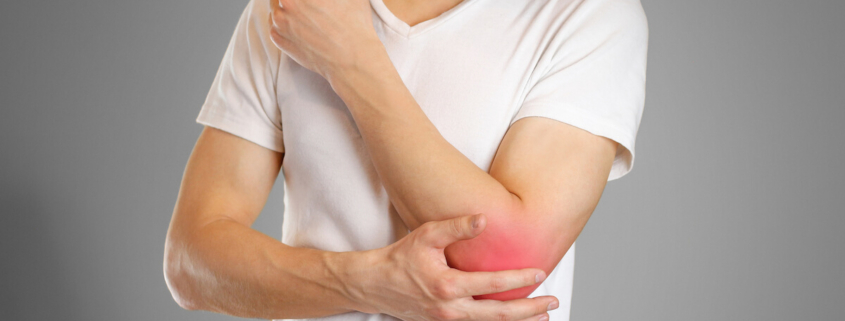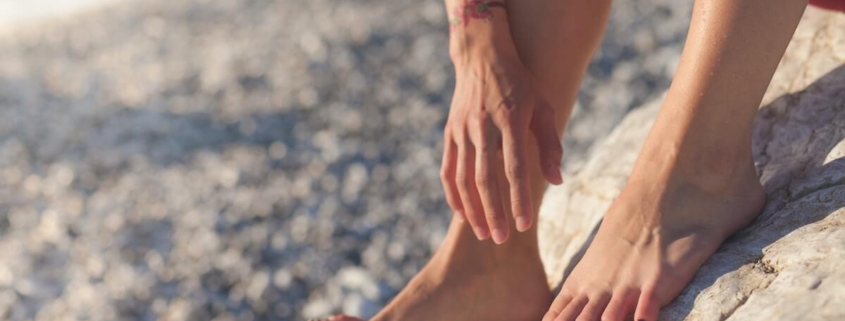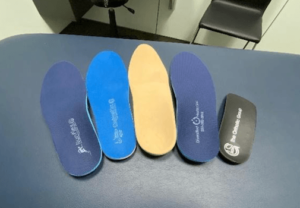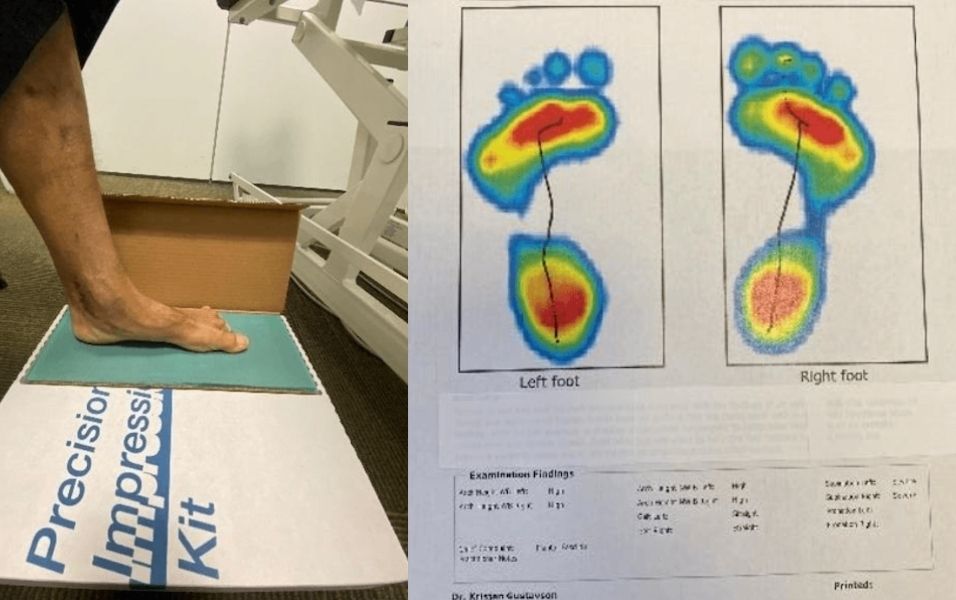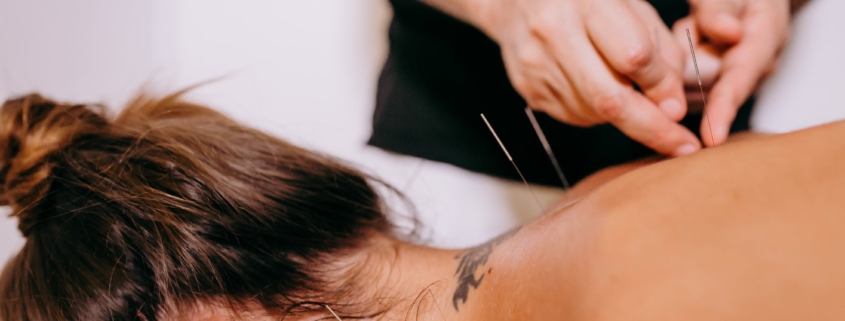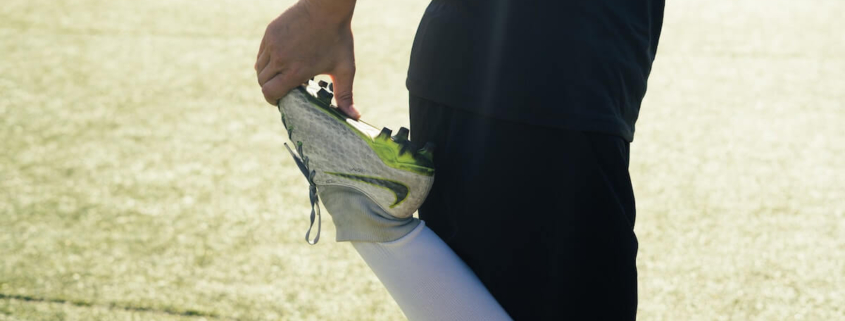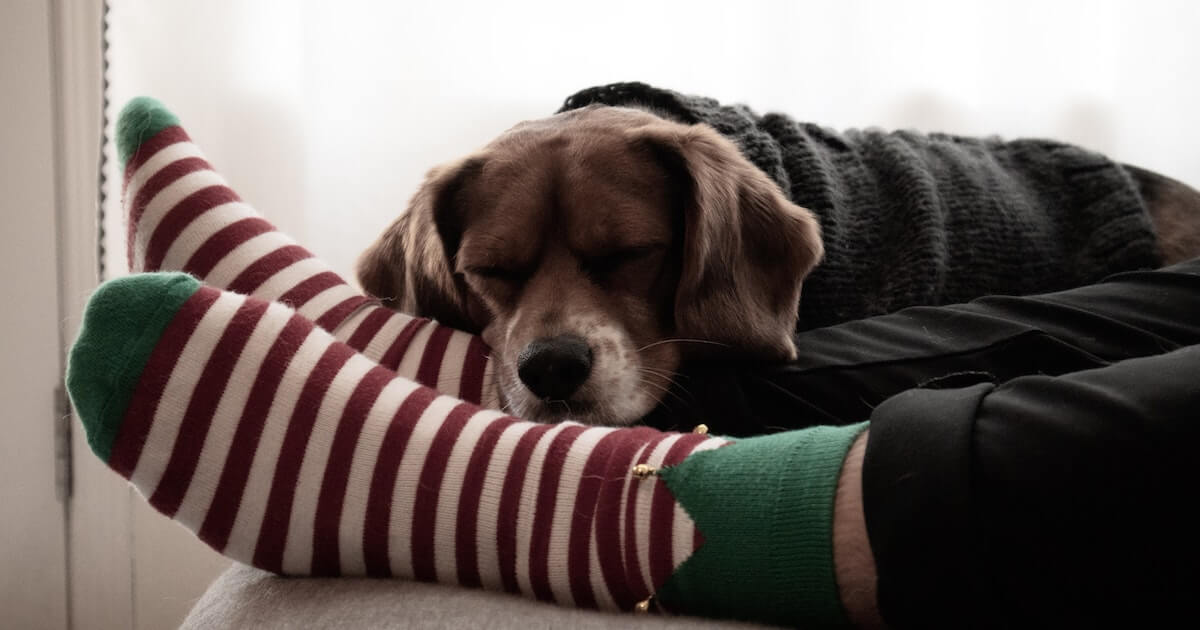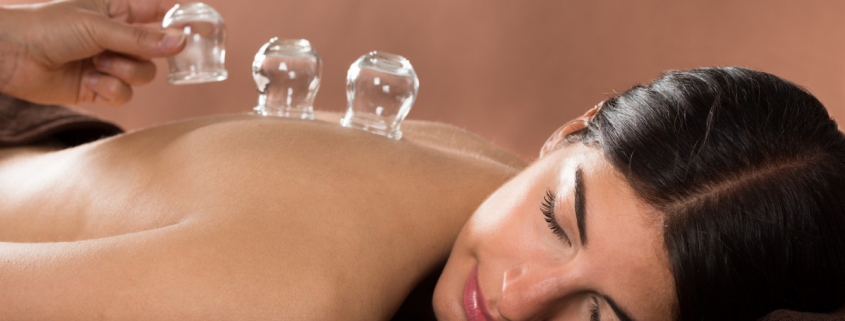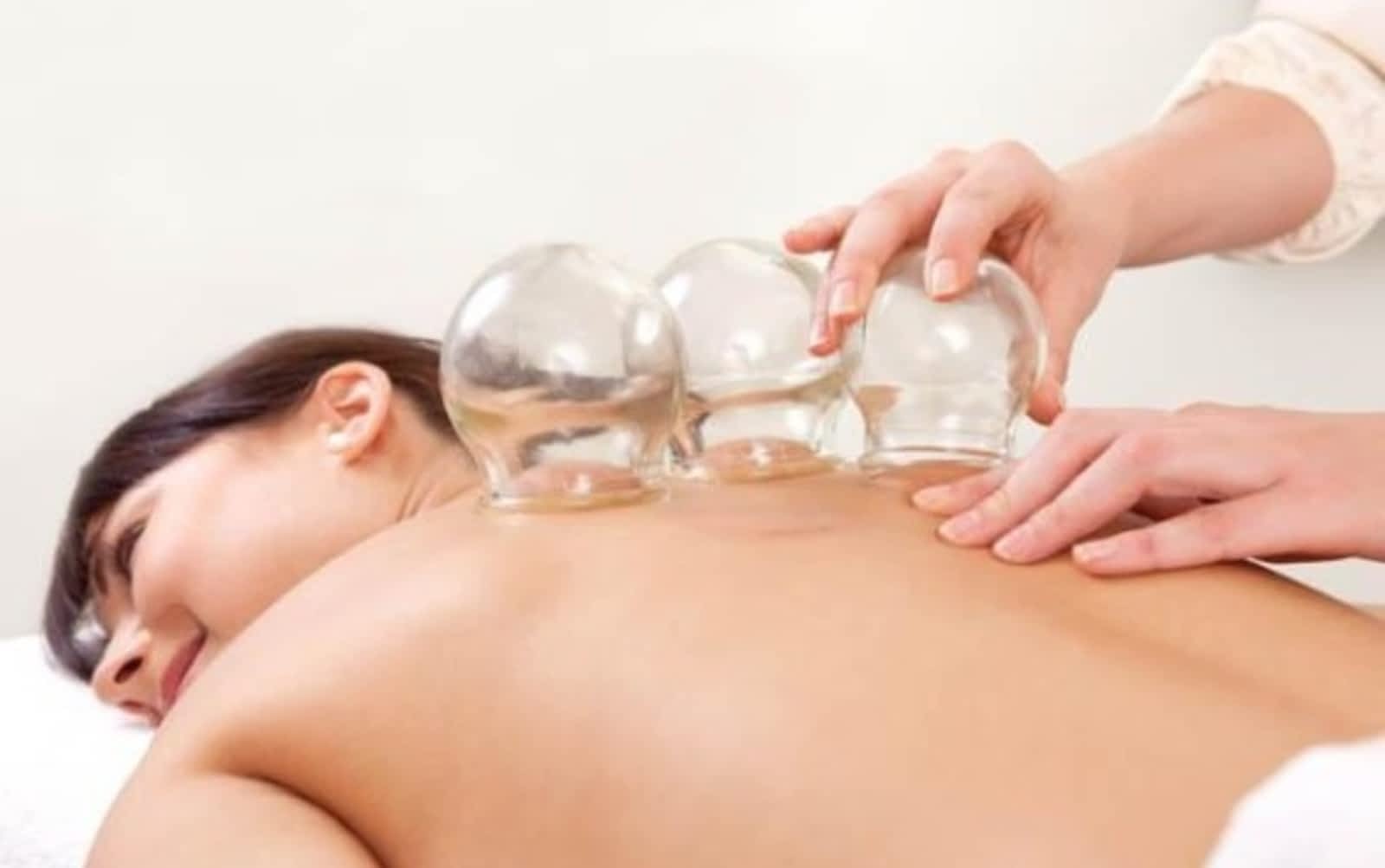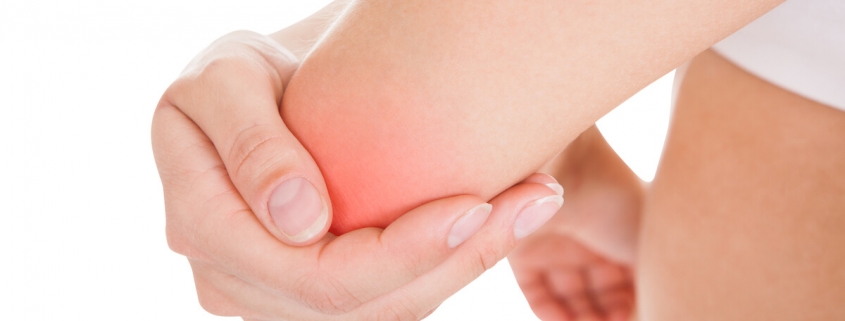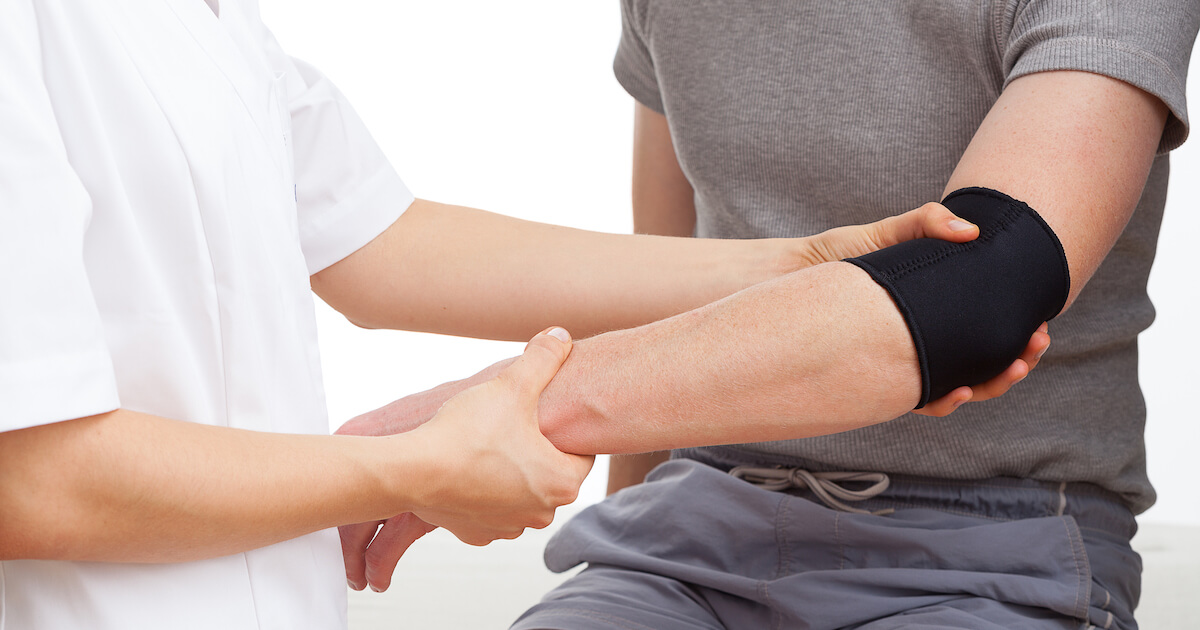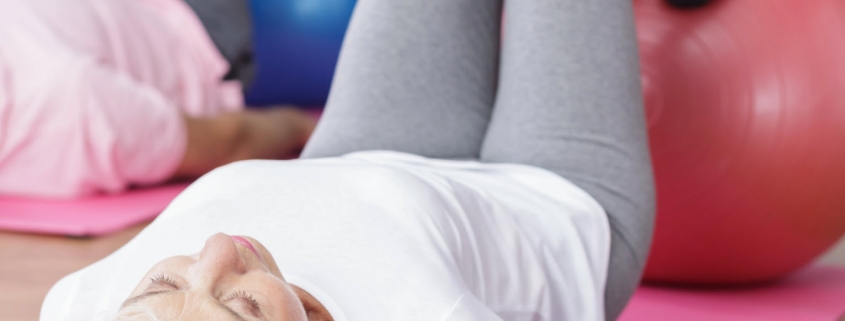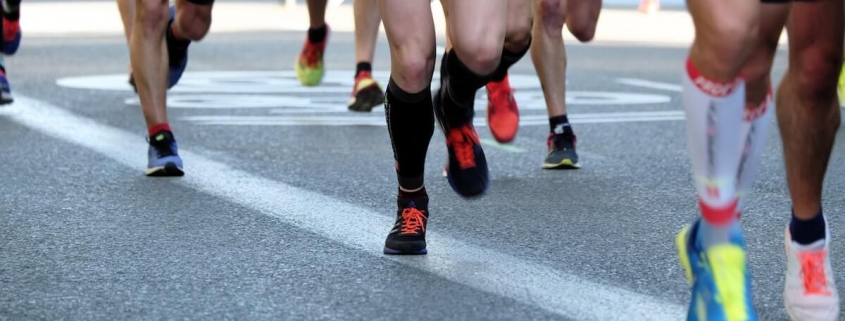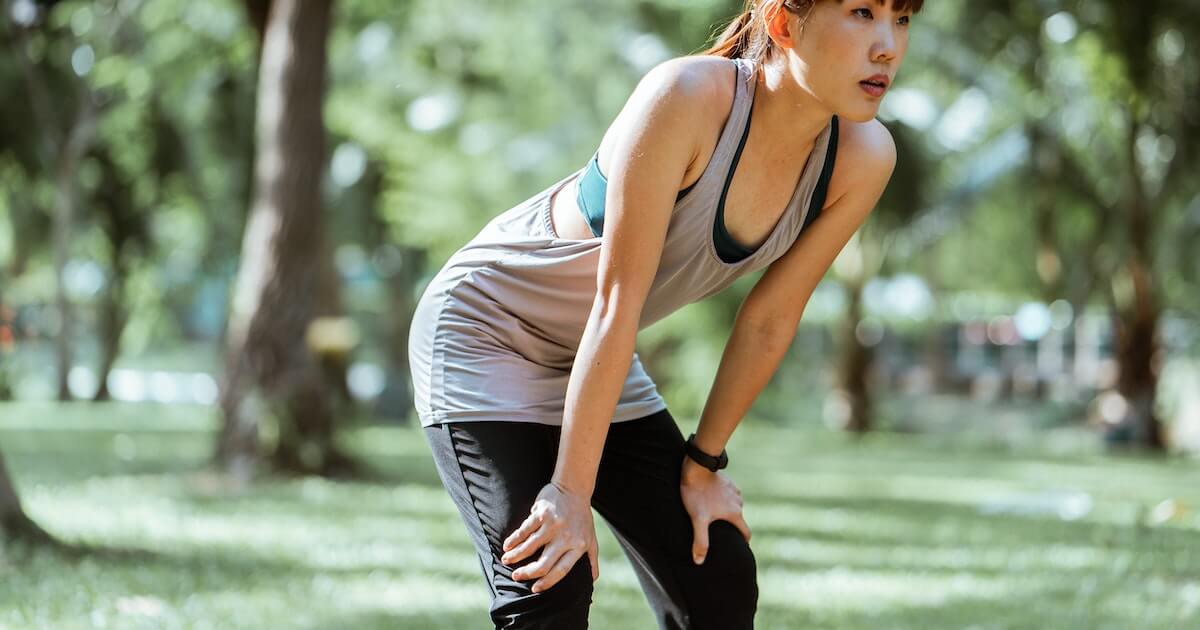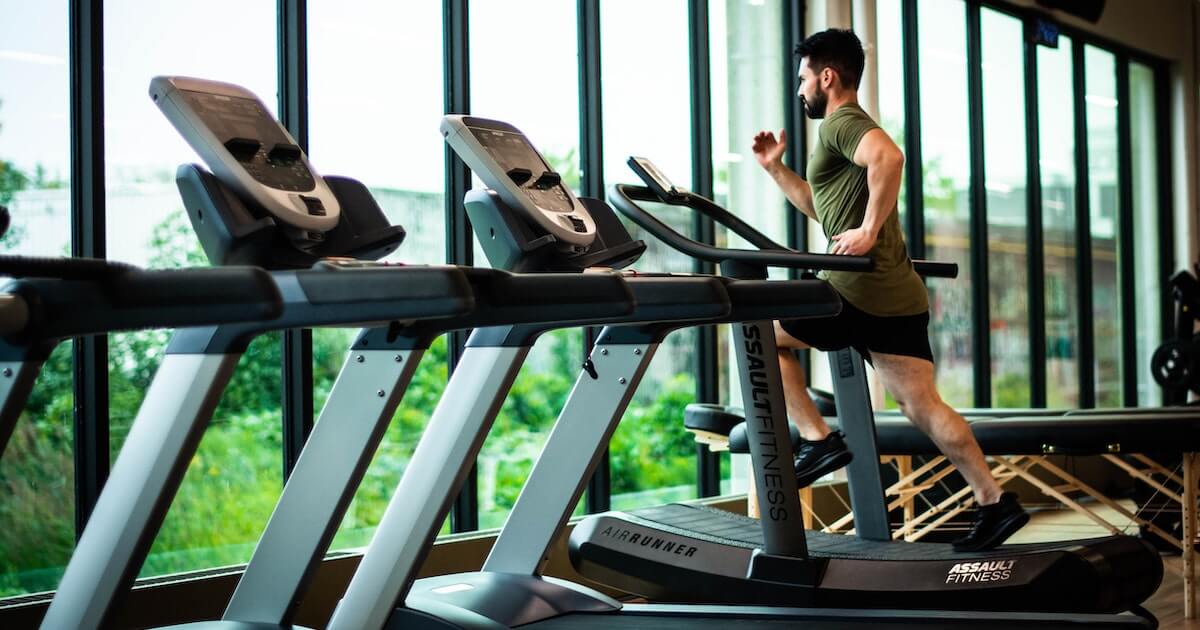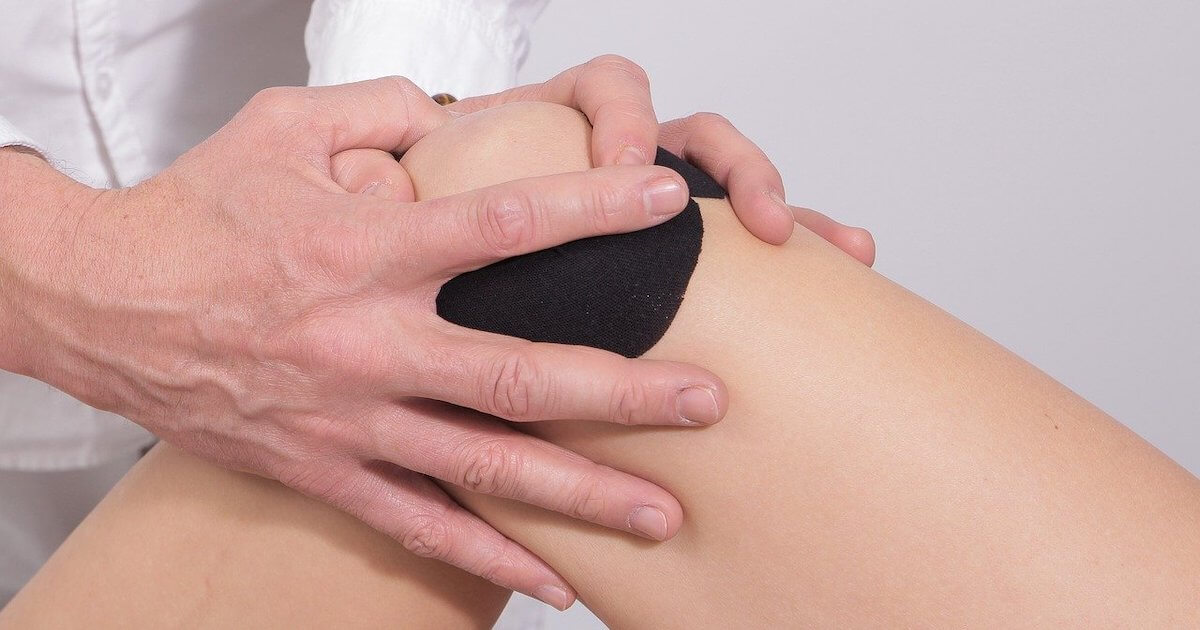Who doesn’t love a great massage? While everyone could benefit from the tension-relieving benefits of a relaxation massage, massage therapy goes beyond relaxation by using treatment-specific techniques to relieve deep muscle tension, relieve pain and facilitate healing. For athletes and highly active individuals, sports massage not only helps mitigate injury but can also help improve performance. Read more to learn what makes sports massage unique.
What Sports Massage Is + Its Benefits
While all massage treatments address varying degrees of muscle tension, sports massage specifically targets areas of the body affected by activity-related tension, wear, or injury. This targeted approach helps facilitate tissue health and healing in the following ways:
- Relieves pain and muscle tension
- Increases circulation
- Stimulates the movement of superficial lymph
- Reduces swelling and inflammation
- Relieves muscle fatigue, cramping, and stiffness
- Improves flexibility
- Improves endurance and efficiency of movement
- Improves range of motion and muscle response
- Improves tendon flexibility
- Encourages proper body & muscle fibre alignment
- Improves recovery
- Facilitates healing from overuse trauma and injury
- Helps prevent and relieve DOMS (delayed-onset muscle soreness)
Sports massage can benefit anyone who lives an active lifestyle. Athletes in particular love sports massage because of the double-duty benefits it can deliver. While reducing muscle tension, sports massage can also help improve athletic performance, recovery from exertion, muscle endurance, efficiency, and performance.
For example, muscles and tendons that are tight and rigid are prone to a limited range of motion, forcing the alignment of the body to and other muscles adjust to compensate. Over time, this can lead to inefficiencies in performance, suboptimal movement patterns, and overuse injuries. For competitive and high-performance athletes, even the slightest advantages count, and so maintaining optimal body mechanics is paramount.
What to Expect During Your Treatment
Your initial sports massage treatment will start with an assessment. During your assessment, a registered massage therapist will note your health and athletic history, any prior injuries, and assess areas of your body experiencing activity-related pain, tension, wear, & tear.
During a sports massage, a registered massage therapist may utilize various massage techniques, including deep tissue, lymphatic drainage, pressure point, and myofascial release, to address specific areas of pain, tension, stiffness, or swelling.
It’s not unusual to experience a bit of momentary discomfort or soreness during your treatment—especially during pressure point application or myofascial release, but you shouldn’t feel sharp pain. Thus, continual feedback between you and your RMT is essential to the overall success of the treatment.
Patients typically report feeling immediate improvement in pain, tightness, and tension following their sports massage. You will also likely notice increased warmth and circulation. Depending on your specific condition and the techniques used during your treatment, you may also experience mild tenderness immediately following your treatment.
Signs It’s Time for a Treatment
- A feeling of tightness and heaviness in your extremities
- New pain or discomfort that doesn’t resolve itself following rest
- Prolonged DOMS (delayed onset muscle soreness) and swelling following exertion
- Prolonged recovery post-activity
- Limited range of motion and muscle fatigue
- Persistent muscle “knots” and cramping
The Best Time to Schedule Sports Massage
While sports massage treatments can be carried out on an as-needed basis, some athletes prefer a more systematic approach, scheduling their treatments to take place surrounding athletic events as follows:
Leading up to activity: To help prepare the muscles and tendons, improve range of motion and endurance, and prevent strain and injury.
Intermittently during activities: To relieve muscle soreness, fatigue strain, and cramping.
Immediately following activities: To encourage recovery, reduce swelling, and preserve muscle and tendon flexibility.
Throughout on and off-season: To help facilitate recovery and as part of their seasonal conditioning and rehabilitative work.
The ideal approach to sports massage is when your practitioner tailors your treatments to your specific needs and goals.
Take the Next Step
Whether you are an athlete or lead a highly active lifestyle, to find out if sports massage is right for you. Contact Diversified Health Clinic about booking a sports massage assessment & treatment with one of our registered massage therapists. Call (250) 382-0018 or book an appointment online.
We offer direct billing and weekday and weekend appointments. Please view our hours of operation and location details here.


